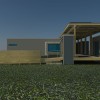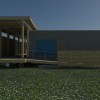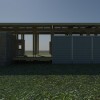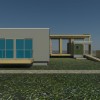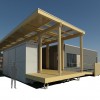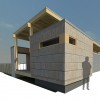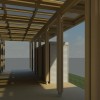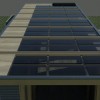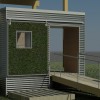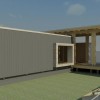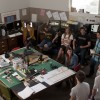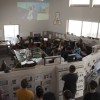Video
At the 2011 International Builders’ Show, teams participating in the U.S. Department of Energy Solar Decathlon gathered to showcase their designs and to spread the word about the competition. While in attendance at the show, we had the opportunity to meet the Appalachian State University team and learn more about the Solar Homestead, their entry into Solar Decathlon 2011. Collaboration and excitement at the opportunity to change the way homes are built were apparent. Join us as we follow the Appalachian State University team in the first of a series of videos documenting the Solar Homestead project.
Update: The 2011 Solar Decathlon is back on the National Mall. The Department of Energy and the Department of the Interior announced that the competition will be held at the National Mall’s West Potomac Park. The event has been moved from its previous location on the "nation's front lawn" to balance the many uses and demands on the National Mall. For more information visit the U.S. Department of Energy Solar Decathlon website.
Appalachian State University’s journey began in the fall of 2009 when a group of eight graduate students wrote the initial proposal in hopes of being selected from a pool of 45 entries. After two rounds of submissions, the Appalachian State University team was selected as one of 20 teams to participate in the 2011 competition. After receiving a $100,000 grant from the U.S. Department of Energy, each team was required to gain sponsors to fund their respective projects. To date, the Appalachian State University team has raised around $500,000, including $350,000 from Lowe's Home Improvement. Currently, the Appalachian State University team is finalizing construction documents and building several experimental structures to test the different technologies and construction techniques being implemented.
The Solar Homestead Design
Appalachian State University’s design is unique when compared to other entries. The competition requires each house to be 1,000 sq. ft. (92.9 m2). Instead of housing all 1,000 sq. ft. under one roof, the Appalachian State University team spread the square footage between three distinct structures. The 864 sq. ft. (80.3 m2) main house includes two bedrooms, one full bath, a kitchen, and a main room that can transform into a dining room, living room, or home theater. The remaining square footage is spread between outbuilding modules (OMs), which allowed the team to incorporate a “great porch,” creating an entry to the home as well as providing a venue for gathering. According to the Appalachian State University team, “the versatile OMs, with forms inspired by traditional lean-to sheds, supply power and heat to the dwellings and provide a metaphorical link to the multi-building homestead. The design integrates the best of modern solar technology in a way that is aesthetically appealing, proving that solar power does not need to appear as an afterthought.” The OMs function as stand-alone solar collection sites generating both solar photovoltaic and solar thermal energy. They were designed to be independent, marketable structures, providing an avenue for the technologies developed for the Solar Homestead to be utilized in real-life applications after the competition.
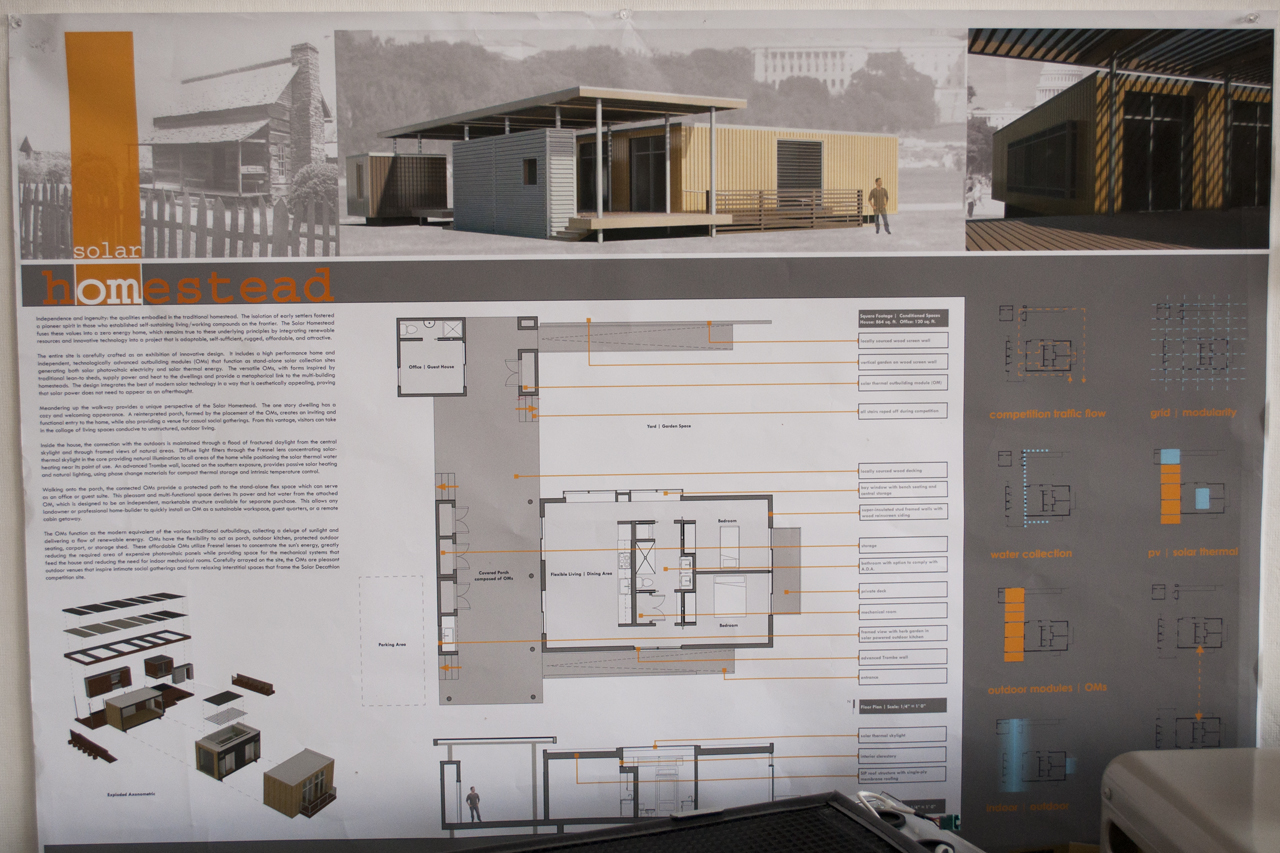
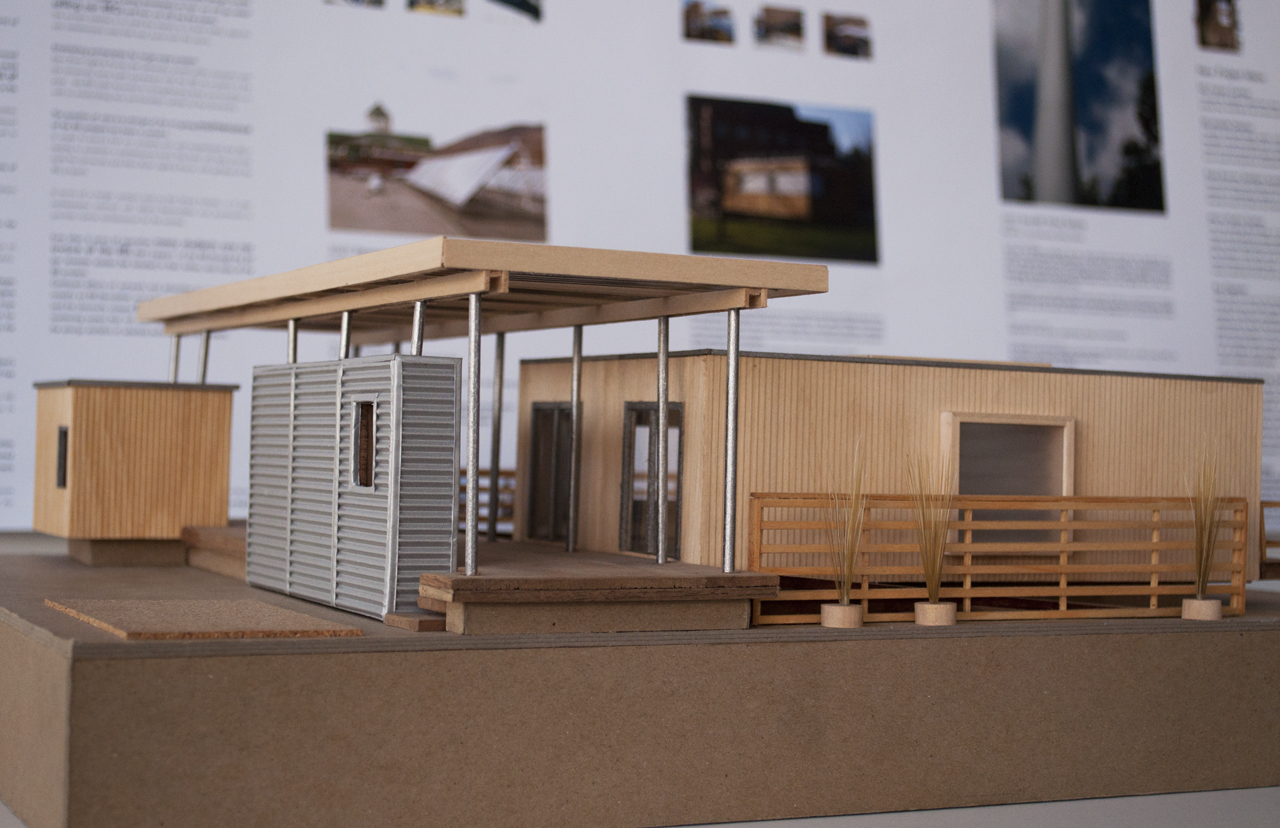
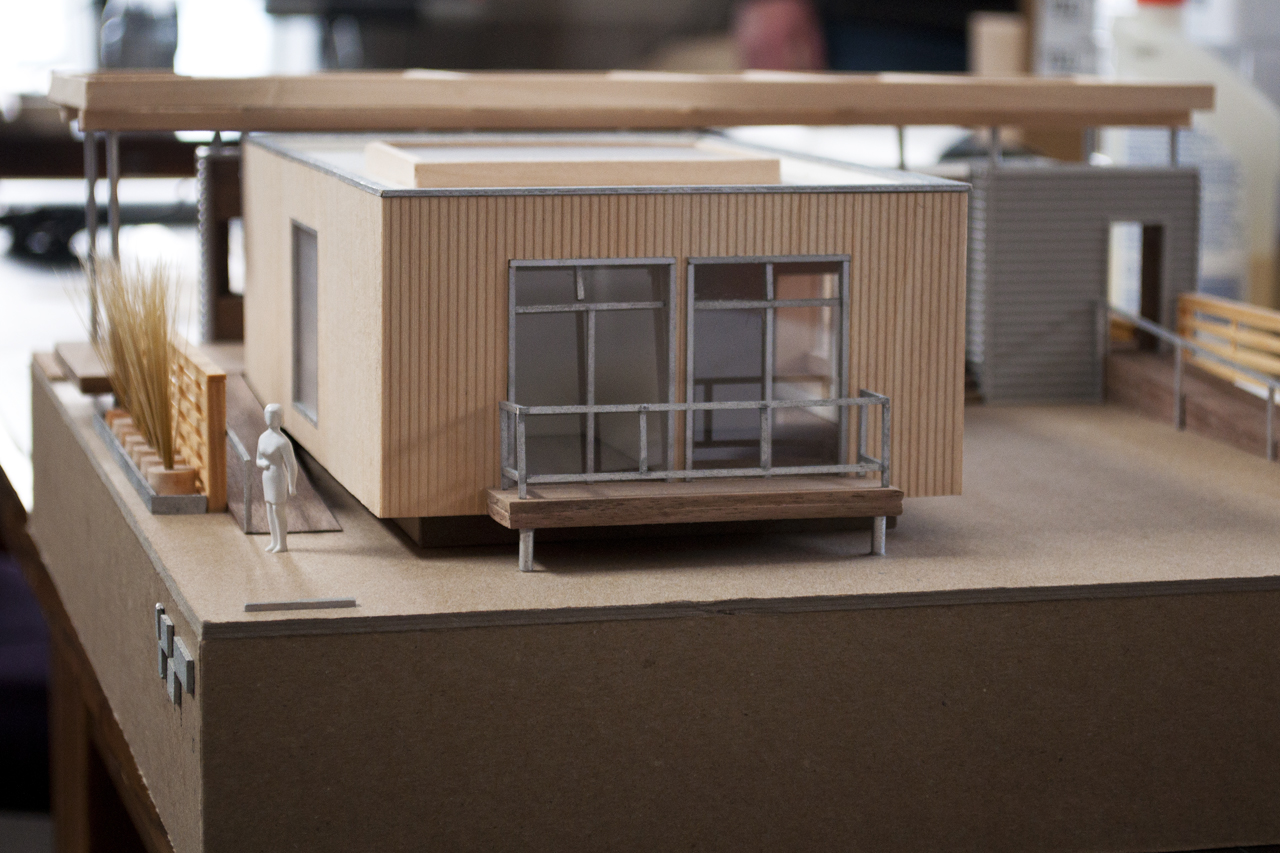
Life after the Solar Decathlon
Without a doubt, the AEC industry is creating more integrated systems and buildings. Students involved in the Solar Decathlon are at the forefront, changing the way homes are built and, in the process, making themselves extremely marketable to companies pursuing renewable energy expertise. Appalachian State University has provided its team with a building dedicated solely to the Solar Decathlon. This allows the team to operate just as a business would. Actually, it became apparent at the beginning of our visit that the Appalachian State University team is more efficient than many similarly sized businesses, due in large part to the multi-disciplinary collaboration that is encouraged. (Speaking from experience, this is not always the case.) Students at Appalachian State University and other schools participating in the Solar Decathlon are gaining experience, knowledge, and personal growth that probably would have taken years to develop if not for this competition.
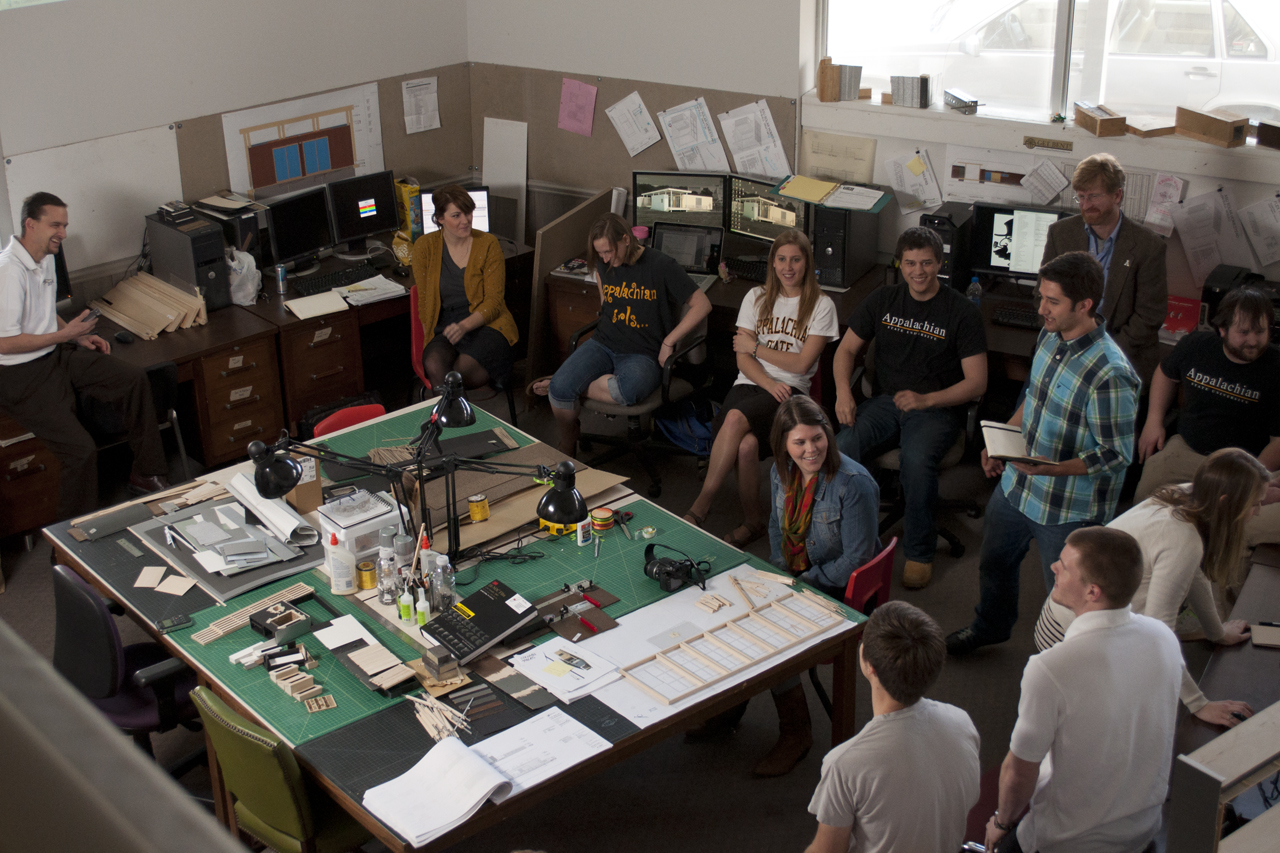
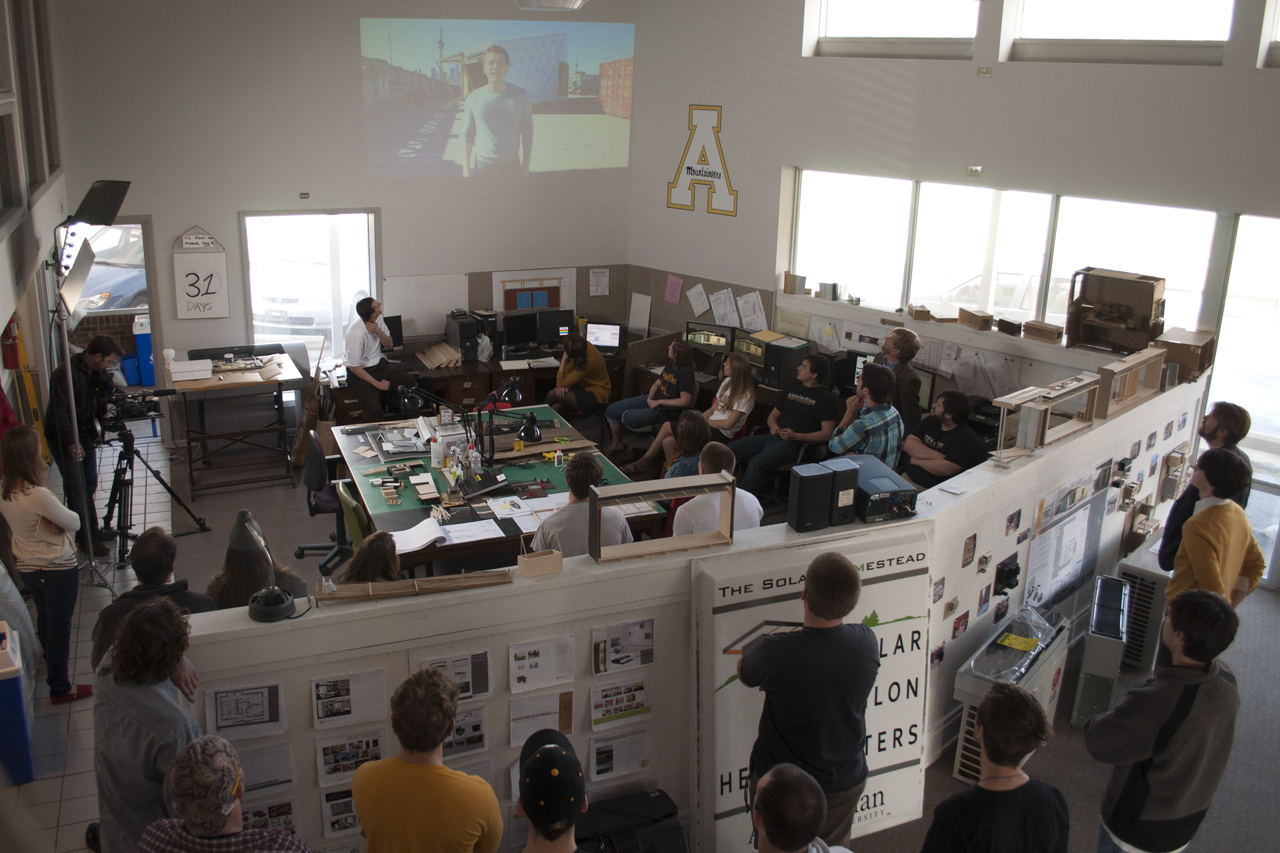
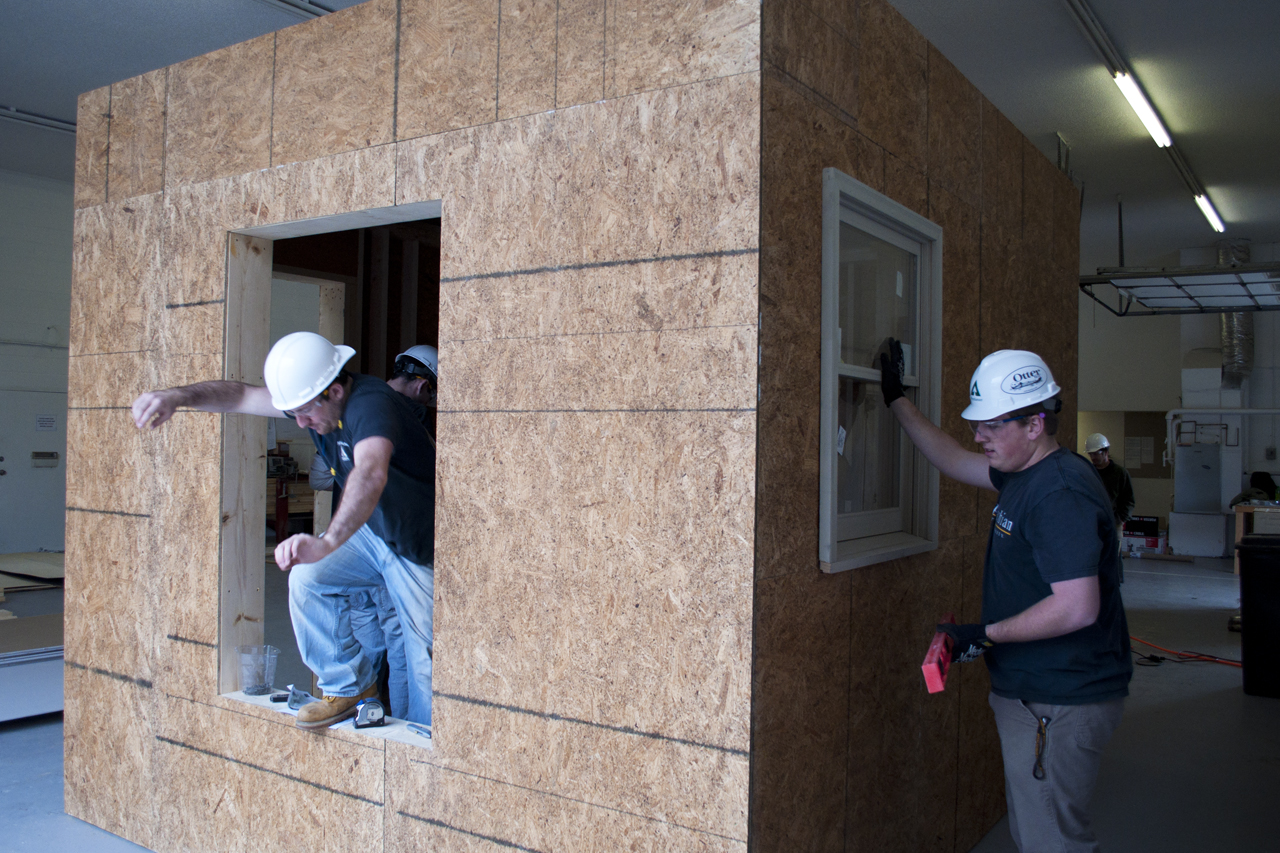
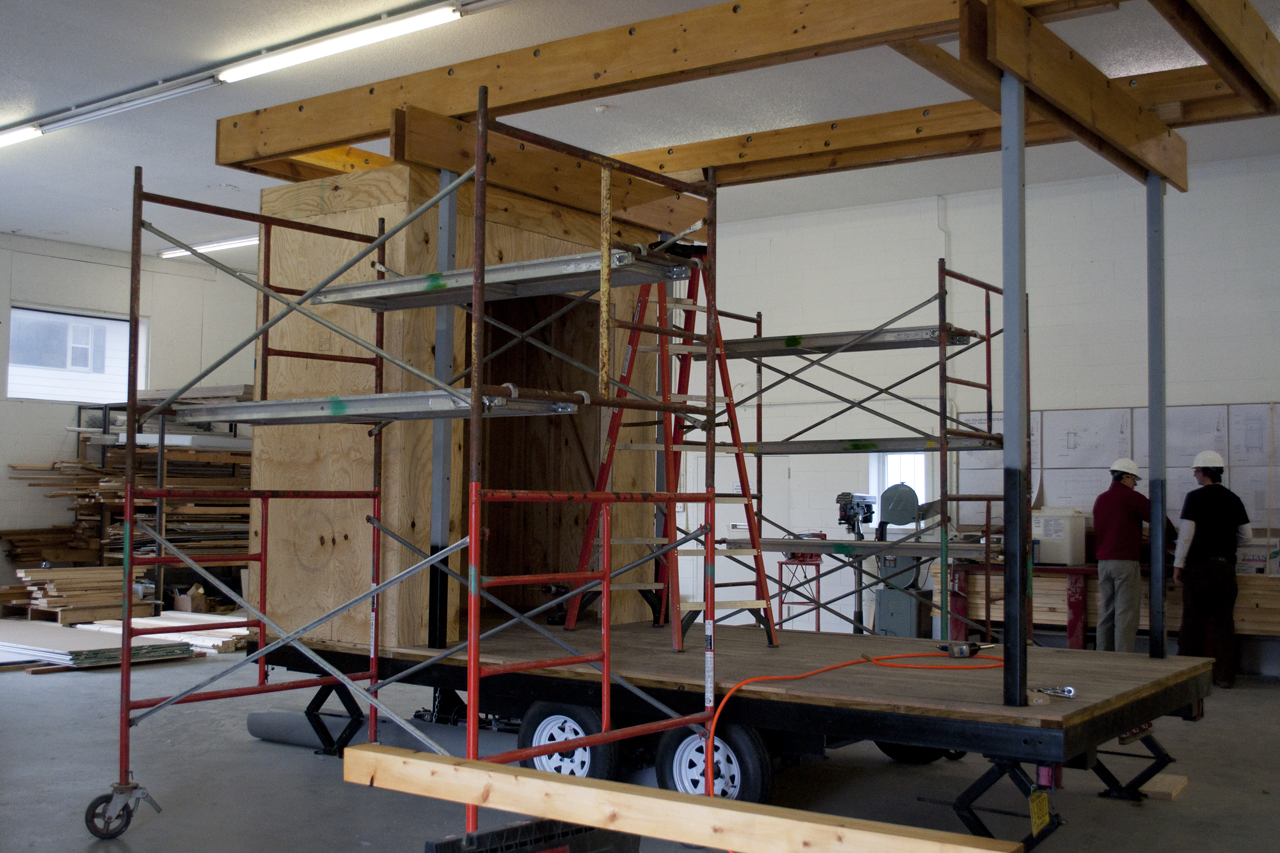
Going Forward
In January 2011, 16 months into the competition, the U.S. National Park Service revoked a permit that allowed the competition to be held on the National Mall in Washington, D.C., the site of all previous Solar Decathlons. Although the students we met at Appalachian State University were noticeably discouraged by this, they remained optimistic and viewed it as a challenge that they would overcome. Regardless of the final location (now known to be West Potomac Park), they continue to charge forward with the Solar Homestead. Another sentiment that rang true during our visit was how much Appalachian State University's participation in the Solar Decathlon means to the University. Students and faculty are excited to showcase their significant impacts on the renewable energy industry.

Justin Lesch
Since becoming Managing Editor, Justin has led the development of Buildipedia’s site-wide content plan, fully integrating content across all audience channels and the Knowledgebase. Justin is responsible for the quality and accuracy of all published material, as well as the direction of the editorial department, including long-term strategy and vision. Before joining Buildipedia, Justin worked as an Architectural Project Designer, facilitating the design and construction process of multi-million dollar commercial projects. He also served as liaison to the international architectural staff and as a Construction Project Coordinator for higher education projects. Justin is a graduate of Bowling Green State University.

